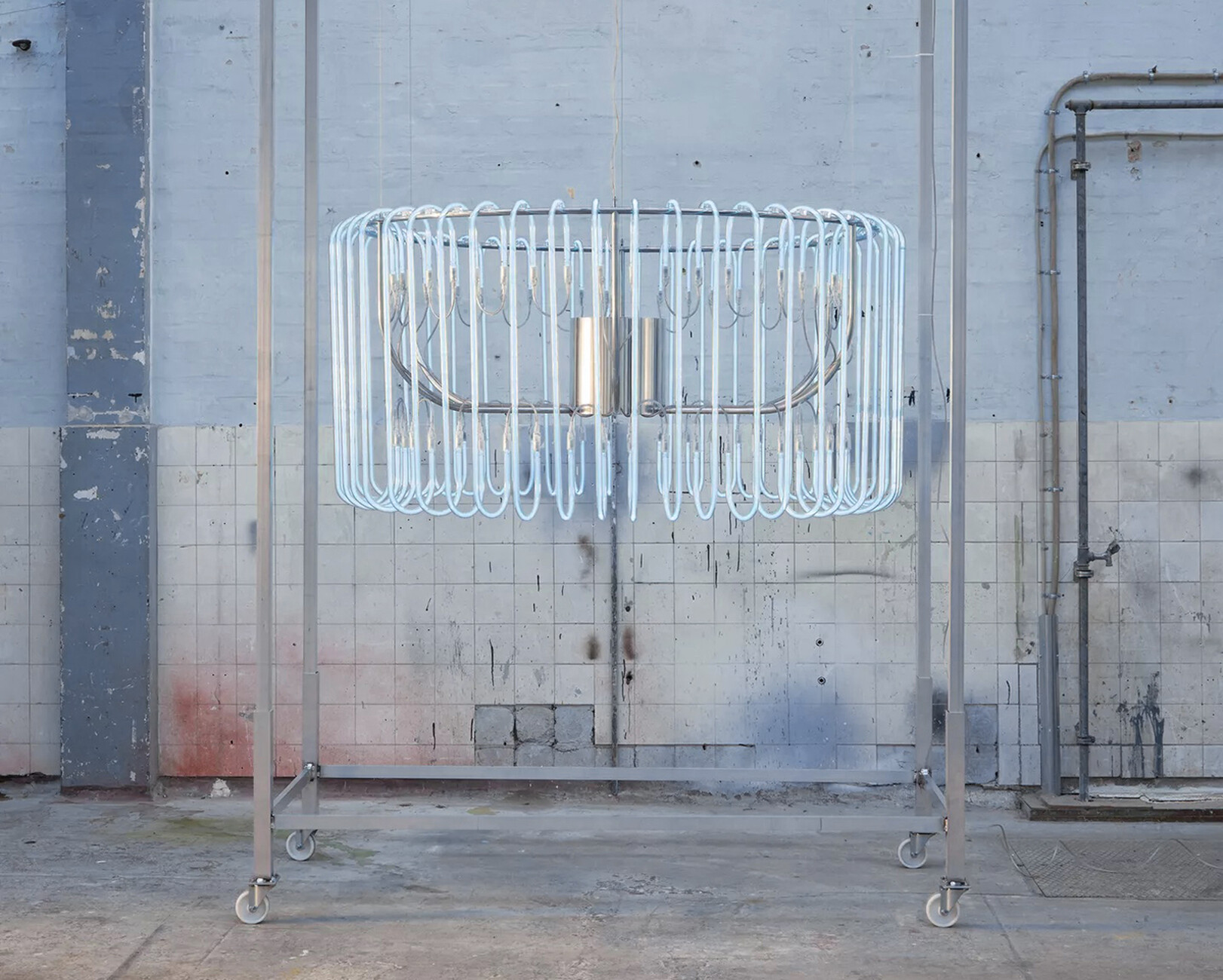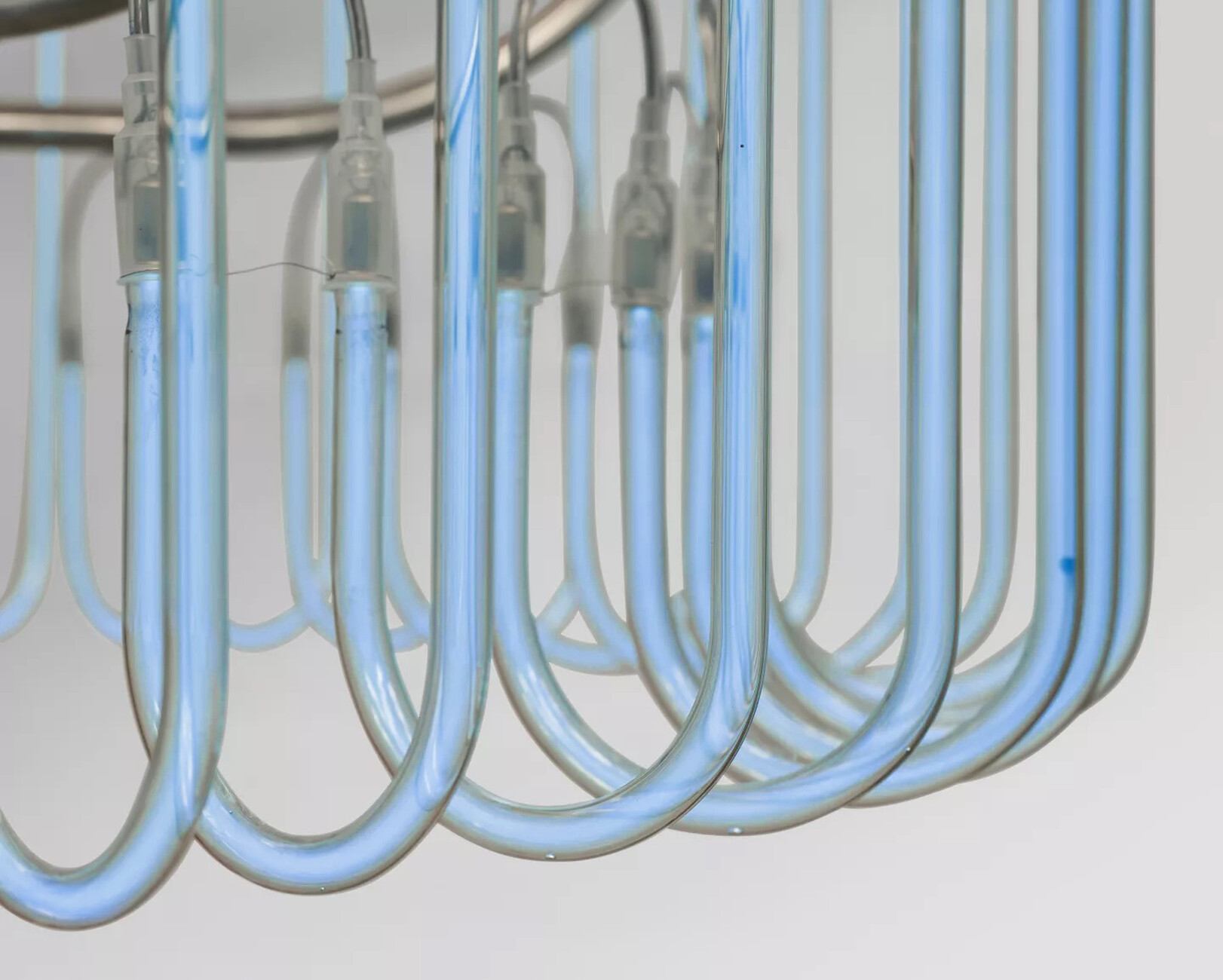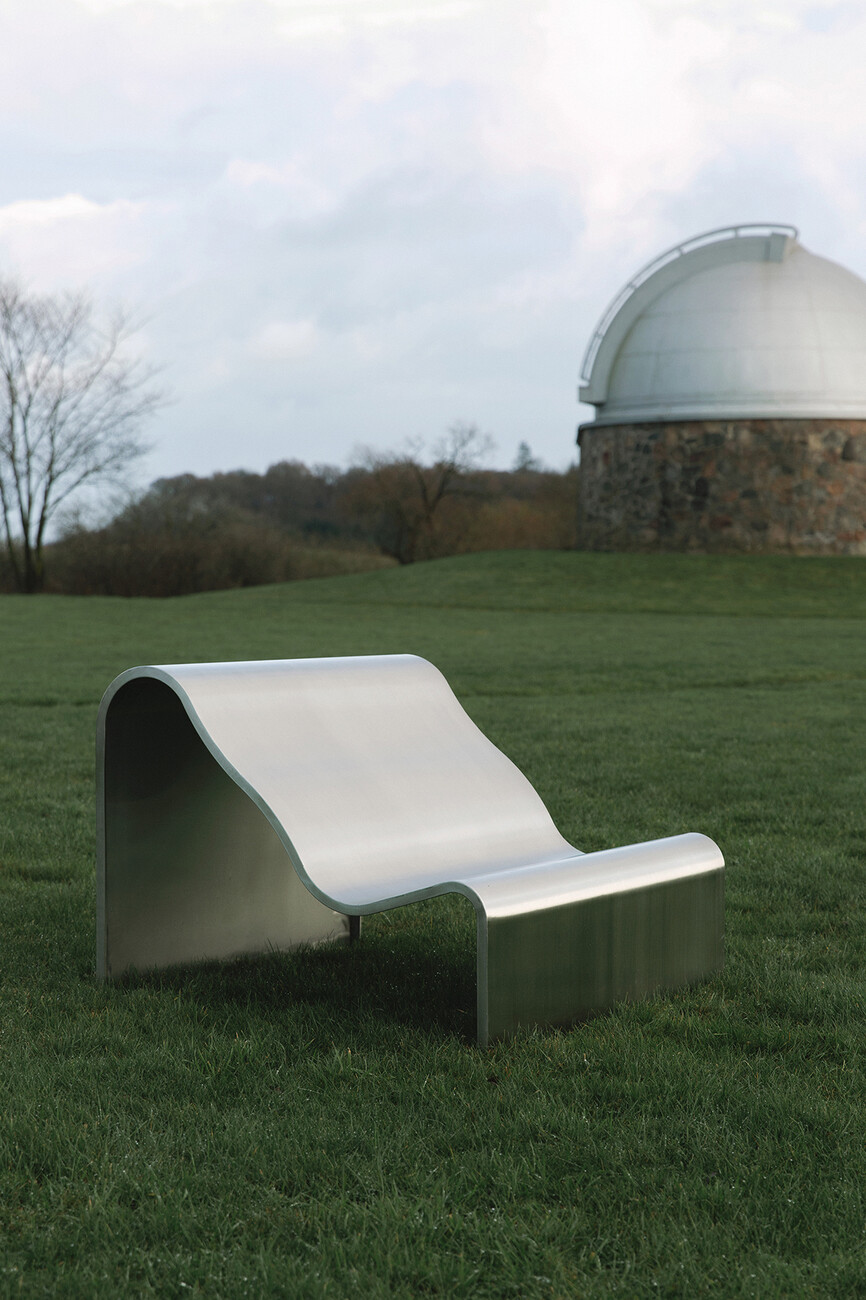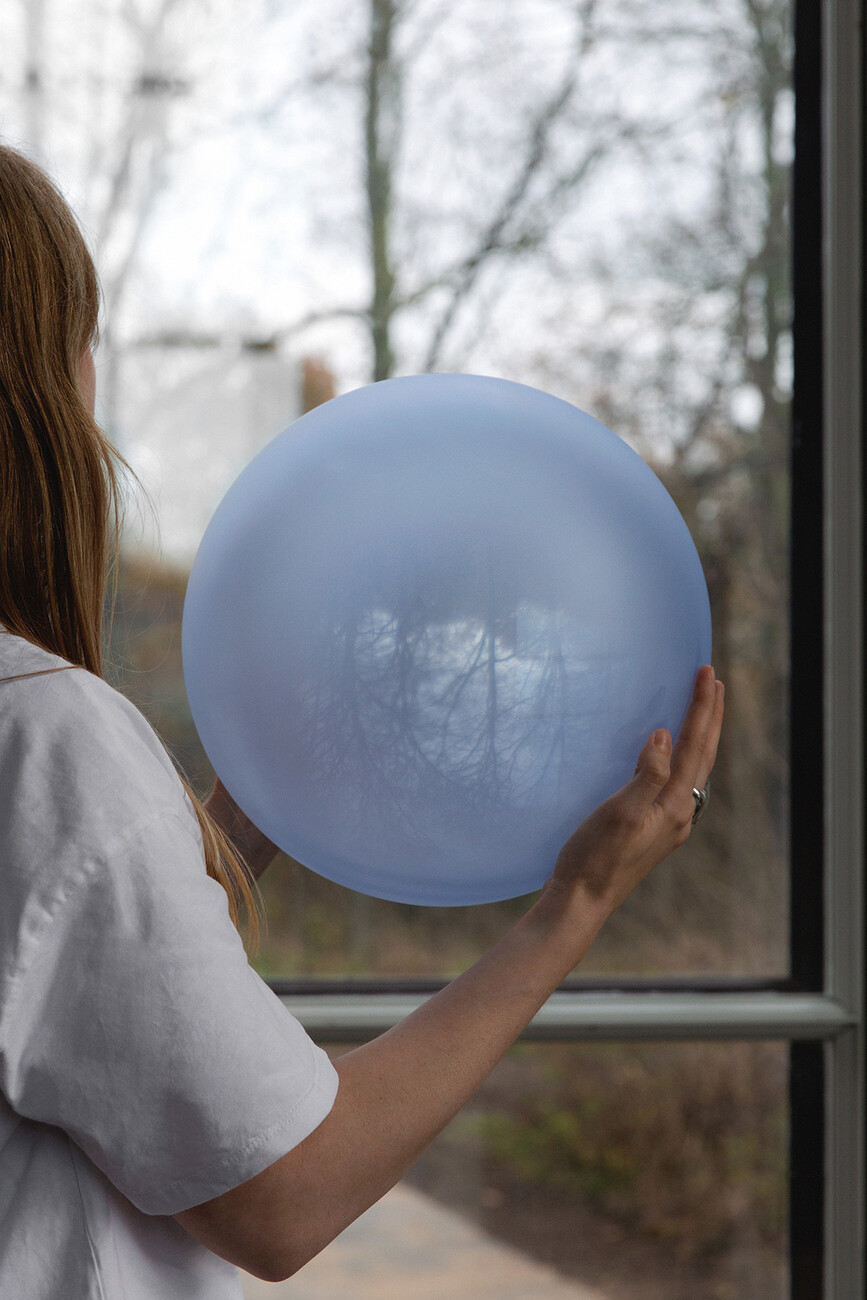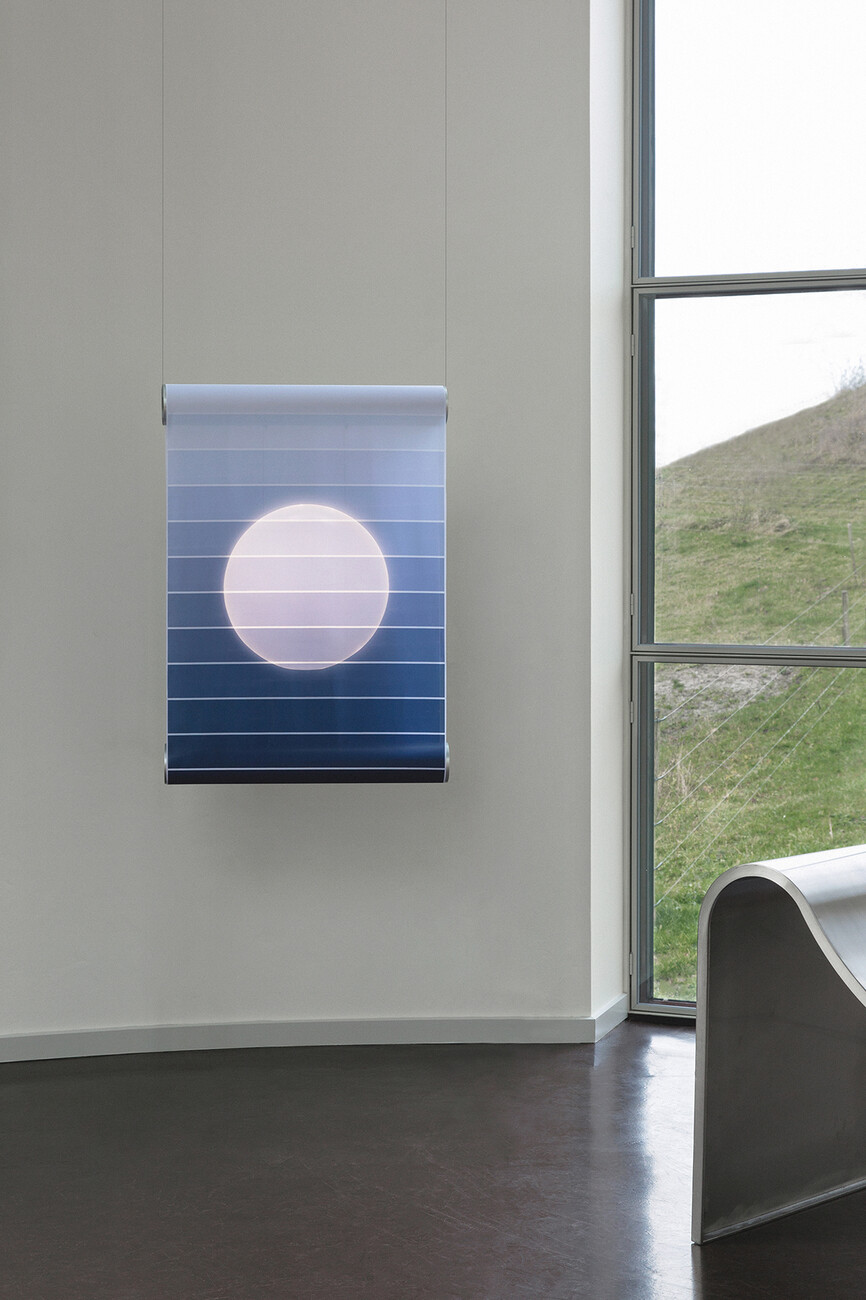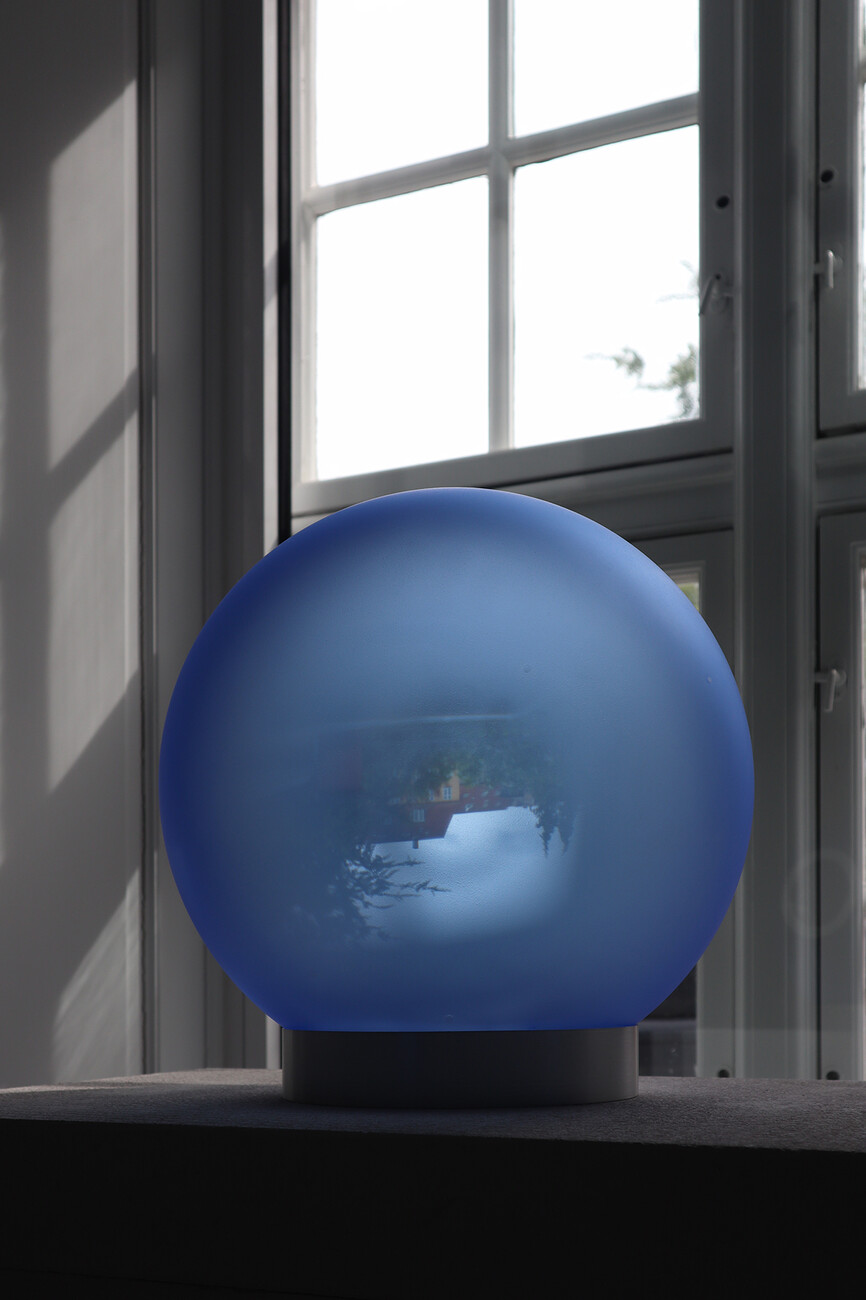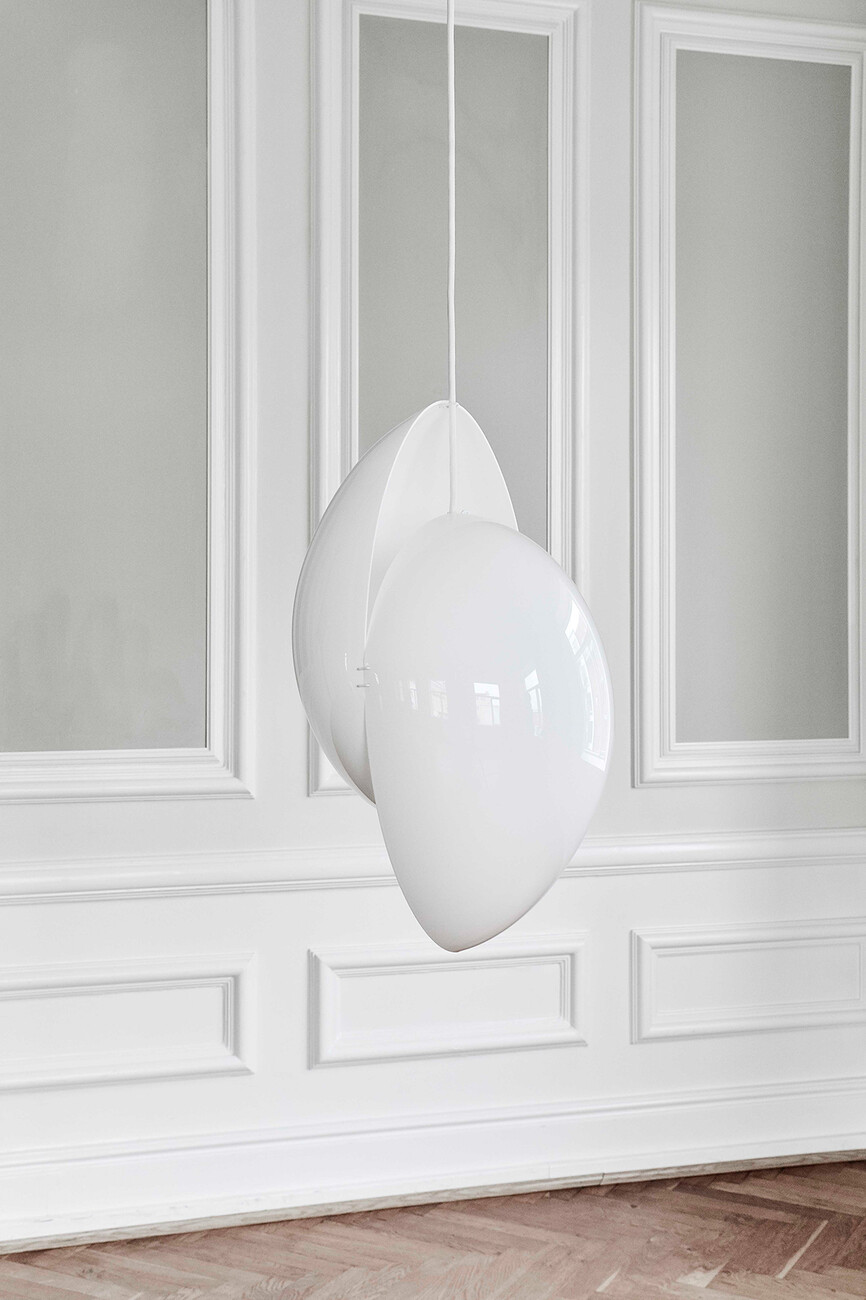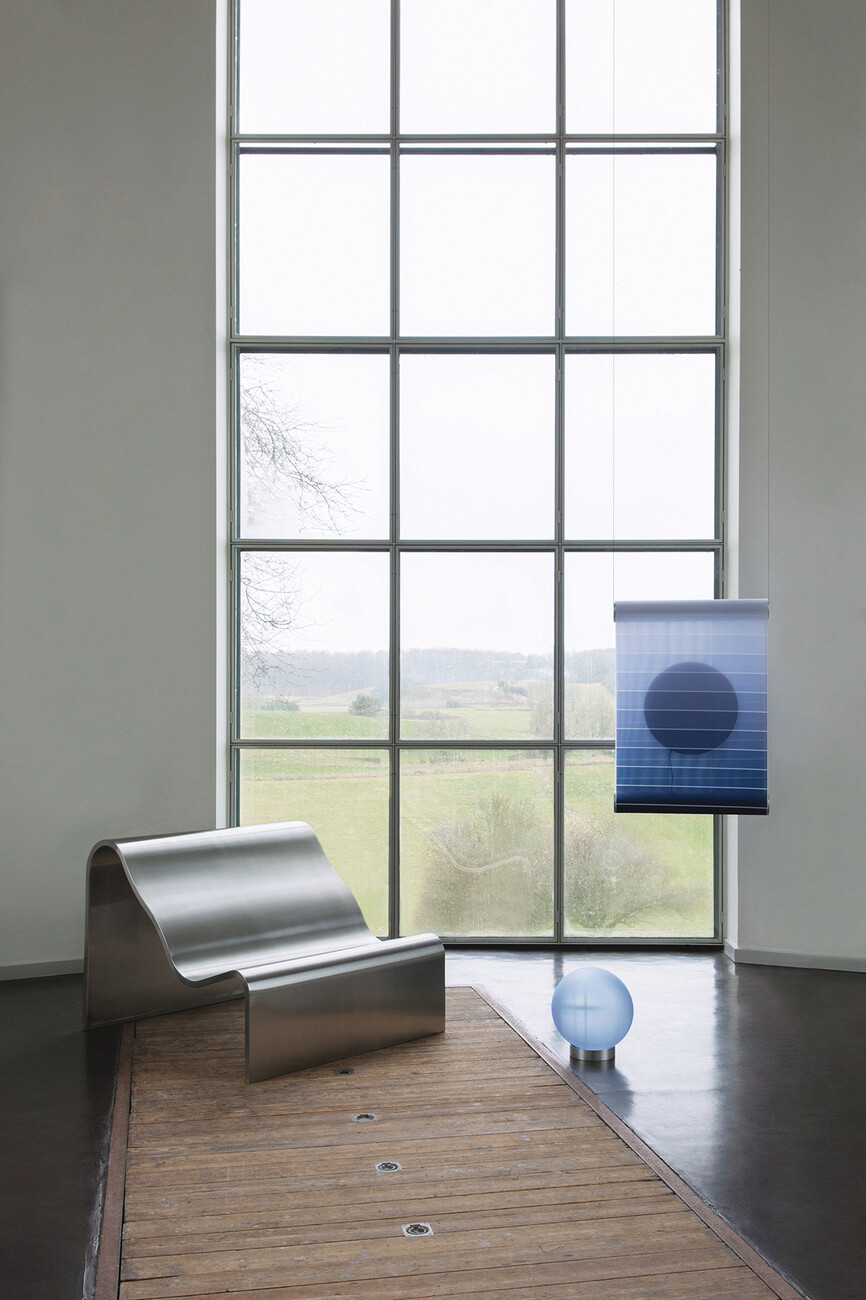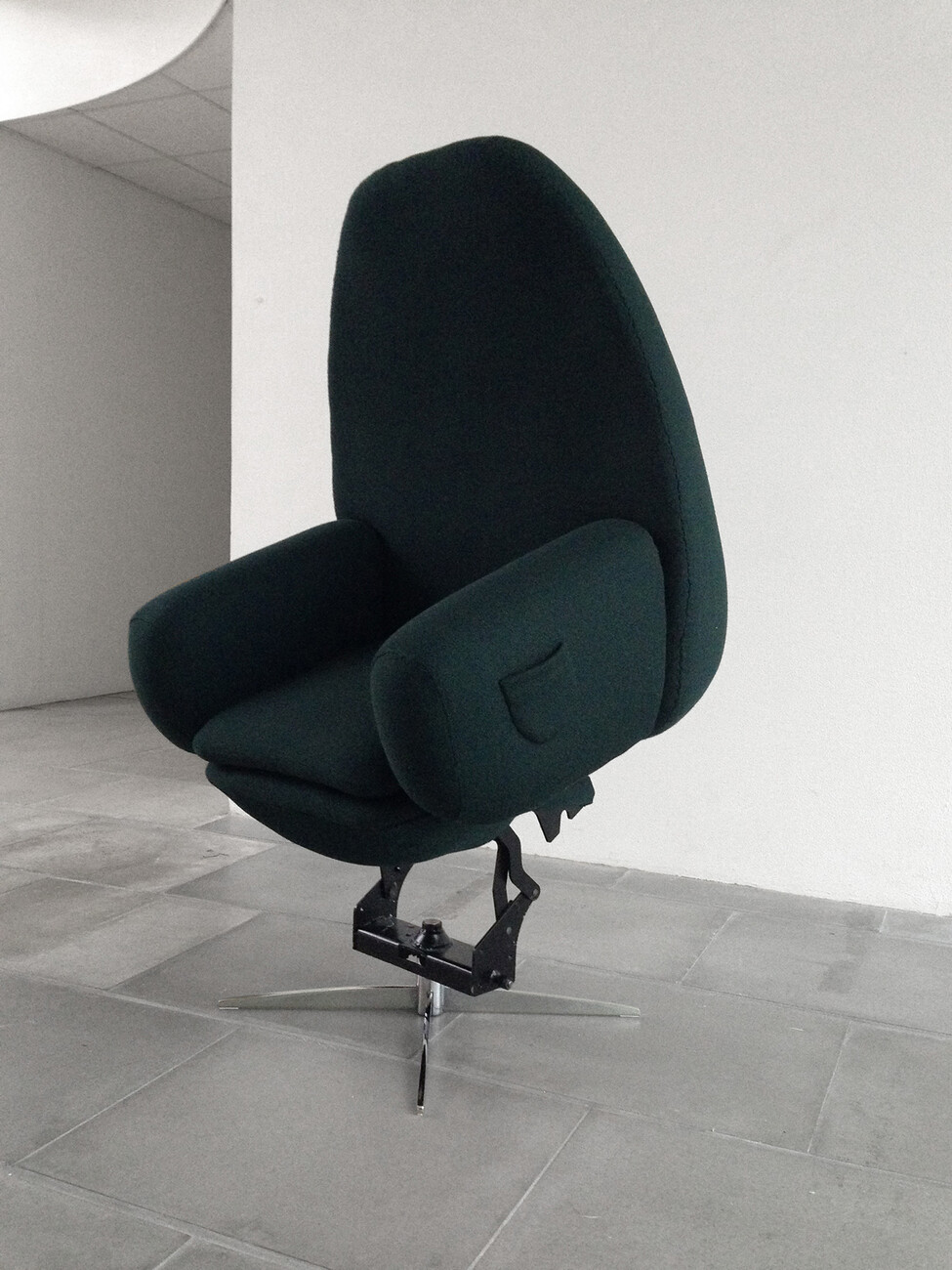Design that supports people
Andrea Mende: While you were a student, you worked in a hospice. Did this experience strengthen your desire to create design that supports people?
Lise Vester: The experience of working in a hospice strengthened my desire to create design that influences and supports people in a positive way – on both a spiritual and a physical level, by stimulating our senses and our minds. At Ankerfjord Hospice, I learned that our “last” senses are touch and hearing, and that’s why I developed “Pallium”. “Pallium” is a soft and flexible sound pillow for music therapy to create a feeling of calm and peace. The pillow can be positioned flexibly or worn around the neck by bedridden patients. Another design that emerged in parallel is the “Pacem” motorized chair, which helps people with disabilities to sit down, make adjustments for comfort, and stand up again – all by means of a remote control.
To what extent does the interaction between object and the user play a role in your work?
Lise Vester: I pay close attention to people’s interaction with and experience of design and materials, which is why I am intent on choosing the right materials and shapes and on putting myself in the shoes of the people for whom I am creating the designs. I find a great deal of inspiration in this regard from simplicity and contrasts. Either I bring out the beauty and strength of a single material in a design or I combine materials, shapes, and colors to bring out their individual qualities, to stimulate the senses and curiosity. It is important to produce designs that can stay with us as long as possible, while also creating something that is playful, that has character or personality, and such properties make us appreciate the quality of the design even more.
What was your approach to designing the “Dream View Collection”?
Lise Vester: My methods and beliefs focus on how design and architecture support human health. Despite the many challenges that come with working as a product and furniture designer in a world that no longer needs new design, I strive to come up with designs that support us on multiple levels. I want to address the mental and physical challenges we face at different stages of life with designs that are research-based and relevant to the times in which we live. The “Dream View Collection” was created in the midst of the pandemic lockdown when I was living and studying in London. During the crisis in physical health and the lockdown, I noticed in my research that people’s mental health was also suffering, so I began to investigate how people found comfort and maintained their mental health during the crisis. Back then, I was also doing therapy myself for the first time, so I combined my research findings with the tools I had learned in therapy to develop a kind of pool of resources that could help people in crisis gain new perspectives on their thoughts and feelings. Just like the tools I had myself acquired in cognitive behavioral therapy, but in a more concrete and stimulating sense.
Designmuseum Danmark has adopted a “Dream View Sphere” into their permanent exhibition. What can you pass on to young designers from your experience?
Lise Vester: While I was studying, exhibitions and collaborations were a natural part of developing, creating, and testing skills. After graduating with my bachelor’s degree, I followed this path in order to make my own exhibitions and meet with companies and people I found exciting and with whom I wanted to share my values and interests. I don’t think there was one single exhibition that clinched it, but the fun and hard work eventually bore fruit. You never know where or when you’ll make the next interesting acquaintance, so you have to go for it.
The latest development is your “Idea Generator”, which was developed with help from Louis Poulsen. What appealed to you about working with neon light?
Lise Vester: Light is something I really enjoy working with because the presence or absence of light immediately affects the experience, mood, and atmosphere of a space or place. It sets the tone and dictates our behavior in an environment, which is why it needs to be designed with great intention. While conducting studies of the lighting for an upcoming exhibition, I realized that neon is a craft. Driven by my curiosity for lighting and artisanship, I visited one of two remaining neon glass blowers in Denmark and was fascinated by the soft, transparent, and atmospheric light that neon has to offer when the intensity is dimmed to lower levels. On the back of my great enthusiasm, I then contacted Louis Poulsen, and fortunately they were interested in my design installation and likewise curious about the spatial and sensorial lighting experience of neon.
You also design furniture and objects, such as the “Munin Rocking Chair” for Farstrup Furniture or the “Keel” table for Erik Jørgensen. What’s striking about these are their rounded edges, which radiate a clarity despite their organic shape. Does that describe your signature style?
Lise Vester: Being aware of the presence and impact of a design, I like to play with organic shapes that create a pleasant atmosphere and also make the design appealing to the human body and senses. It’s not about random organic shapes, but about rhythm or sculptural playfulness. Most buildings and spaces are square, so the way we decorate our homes or offices either enhances the strict, constructed feel of the atmosphere or makes it more natural, soft, and appealing when we add sculptural elements to it. I often like to work in an area that has both organic and hard-edge lines to make the process more interesting.
How important is the aspect of sustainability to you in your work? Where does that come easily for you as a designer, and where do you still see room for improvement?
Lise Vester: My greatest strength as a designer is to design with empathy for people and to strive to create better everyday lives and experiences that improve our quality of life and, in an ideal scenario, our health. If design can help people be happier and live more fulfilling lives, then I believe it can be a catalyst for living a better life and making better choices – which is where the sustainability aspect comes in, for me. Likewise, I’m not afraid to experiment with the properties and limitations of different materials, which is why sometimes, as with the neon chandelier, I create design experiences that are not sustainable in terms of materials. But I always try to be responsible with how the object can be repaired if it breaks, or how the different materials and elements of the design are encased and disassembled so they can be recycled effectively. That said, I am well aware that I can still improve by being bolder in using new sustainable materials that can replace those with a high carbon footprint. In my experience, however, it always takes time for new materials to be accepted and to take their rightful place in the market, both from the users’ and the manufacturers’ point of view.
What project are you working on right now?
Lise Vester: I’m currently working with a few Danish companies to design and launch exciting new products, but I am also experimenting and developing some new light and spatial experiences that I call “Reflective Designs”. I hope to exhibit these experiments during the “3daysofdesign" in Copenhagen in June 2023.


